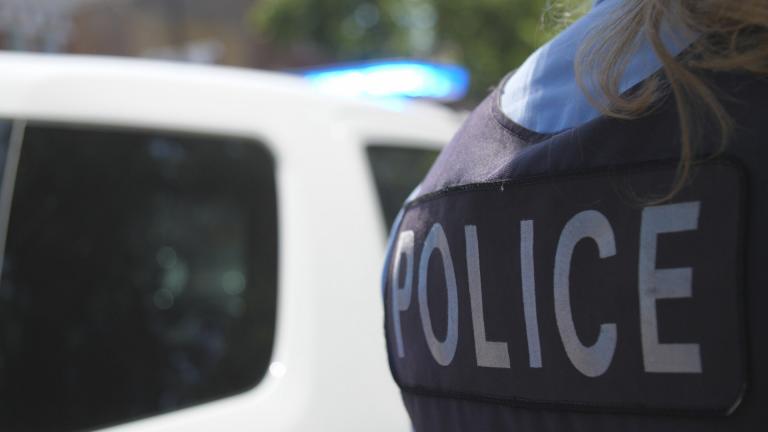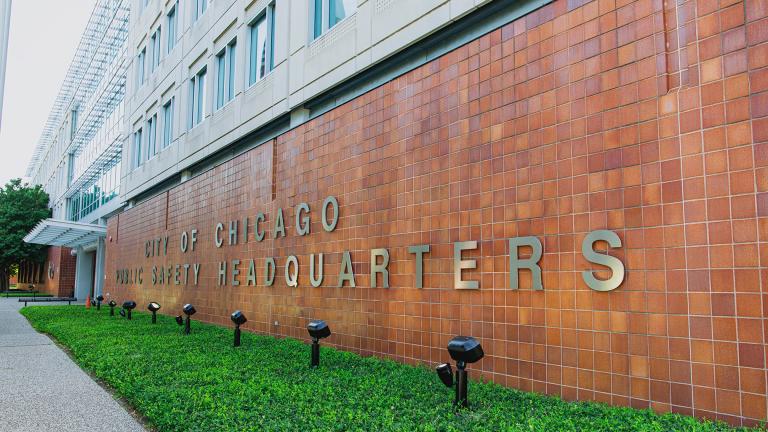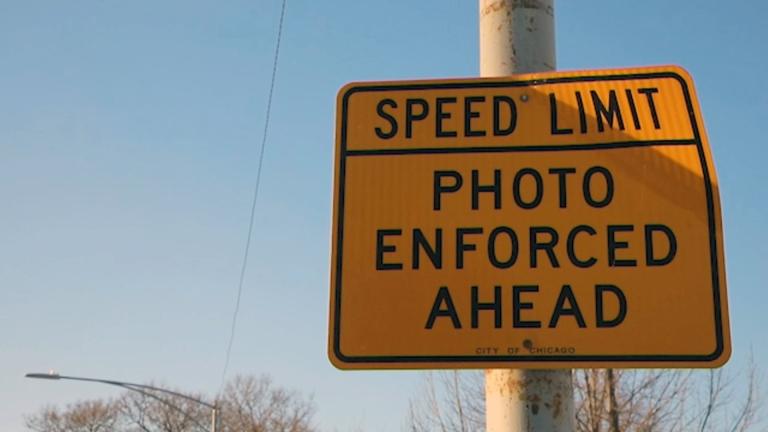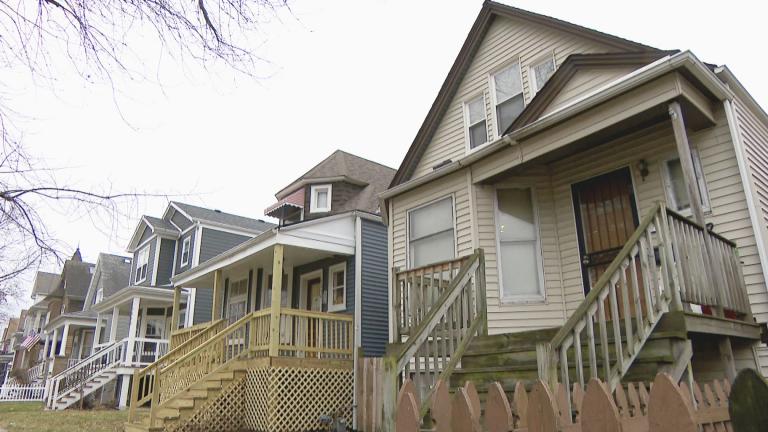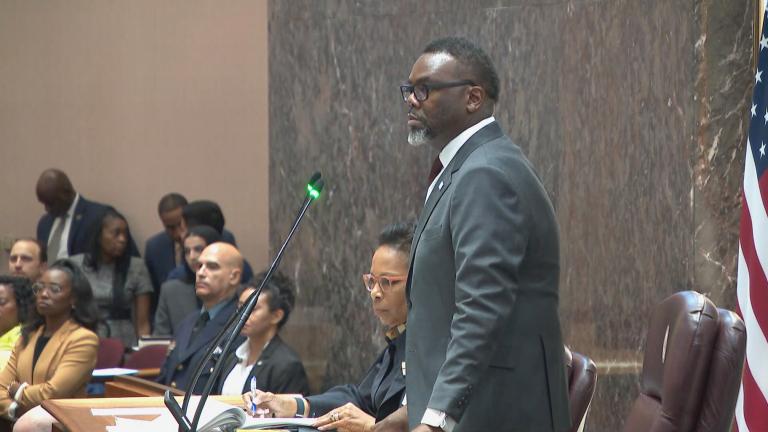The Chicago City Council voted 43-7 on Monday to approve a new ward map based on the 2020 census that will shape Chicago politics for the next decade.
While the map set to take effect in time for the next round of municipal elections in 2023 has likely been the subject of more public scrutiny than any other revised map in Chicago’s history, it still allows incumbent alderpeople to pick their own voters and punish their enemies while boosting their allies.
The action by the City Council — which needed a minimum of 41 votes — averted what would have been the first ward map referendum in 30 years.
The map created 16 wards with a majority of Black voters and one ward with a plurality of Black voters. The map has 14 wards with a majority of Latino voters, rather than the 15 wards that the City Council’s Latino Caucus had demanded.
The map also creates a new 11th Ward with a majority of Asian American voters centered around a united Chinatown — the first in Chicago’s history. That change carves up the heart of the political empire that elected former Mayors Richard J. Daley and Richard M. Daley and ruled the city for decades.
The seven alderpeople who voted against the map were Alds. Brian Hopkins (2nd Ward), Anthony Beale (9th Ward), Ed Burke (14th Ward), Raymond Lopez (15th Ward), Silvana Tabares (23rd Ward), Gilbert Villegas (36th Ward) and Andre Vasquez (40th Ward.)
The agreement that ended the monthslong racially divisive fight over the boundaries of Chicago’s 50 wards relies on the support of the City Council’s most progressive members, including those who are members of the Chicago chapter of Democratic Socialists of America. The agreement was brokered in part by the leaders of the United Working Families political organization, which supports progressive policies and politicians.
One of the wards that would see significant changes is the 36th Ward, now represented by Villegas, the Latino Caucus chair. Starting in 2023, the ward would stretch from Schorsch Village on the Far Northwest Side along a narrow corridor that follows Grand Avenue to West Town.
“This is gerrymandering and backroom deals at its worst,” Villegas said.
The changes to the 36th Ward allowed other Latino alderpeople who represent the Northwest Side to shore up their boundaries.
Villegas said his ward was carved up as retribution for pushing a map with 15 wards with a majority of Latino voters and for running against state Rep. Delia Ramirez (D-Chicago) for the U.S. House of Representatives to represent a newly created 3rd Congressional District.
Ramirez has been endorsed by United Working Families.
Just before the vote, Ald. Michelle Harris (8th Ward), who oversaw the remap effort as chair of the Rules Committee, turned to Ald. Carlos Ramirez Rosa (35th Ward), who has been endorsed by United Working Families and supports Ramirez’ bid for Congress.
“Thank you for saving us,” Harris told Ramirez Rosa, who is the senior member of the City Council’s Democratic Socialist Caucus.
Vasquez was the only member of the Progressive Caucus to vote against the map. The six other alderpeople who voted no all lost coveted territory or saw their wards completely redrawn. Vasquez declined to explain his vote to reporters after the meeting, saying he planned to release a statement.
Members of the Latino Caucus tried to downplay their defeat and emphasized that the addition of one ward with a majority of Latino voters represented a significant achievement, and that the 14 wards that now have a majority of Latino voters will be “strong and solid.”
But Beale refused to join what he called the “kumbaya club” and decried the map as a “backroom deal” his colleagues should be ashamed to put their name to. That brought a sharp response from Black Caucus Chair Ald. Jason Ervin (28th Ward), who told Beale he “sold out.”
The new map moves the 34th Ward — now on the Far South Side, which saw a steep drop in population during the past decade — to the booming area south and west of the Loop. That newly created ward includes the home of Bill Conway, who ran unsuccessfully for State’s Attorney and told the Sun-Times he is considering a run for the City Council.
Ald. Carrie Austin (34th Ward), the second longest serving member of the City Council, plans to retire after her term ends in 2023.
Austin is awaiting trial on charges she took bribes and lied to FBI agents. Austin has pleaded not guilty.
Austin was once again praised by her colleagues for “sacrificing” her ward.
Always fraught, this year’s remapping effort was particularly tense because of the city’s changing racial makeup. While Chicago’s Black population dropped 10%, its Latino population jumped 5% and its Asian American population surged 30%. The people of Chicago are 31.4% white, 29.9% Latino, 28.7% Black and 6.9% Asian, according to the 2020 U.S. census.
The current ward map has 18 wards with a majority of Black voters.
State law requires Chicago wards to be “nearly equal as practicable” while being as “contiguous” and “compact” as possible while complying with the Voting Rights Act, which is designed to protect the voting rights of Black, Latino and Asian residents.
Representatives of the Latino Policy Forum, a Chicago advocacy group, said they were “extremely disappointed that for the second consecutive decade Latinos have been shortchanged in their representation.”
Once the map is signed into law by the mayor, it could be challenged in court for violating those standards. A lawsuit could cost the city tens of millions of dollars.
Hours before the vote, Lightfoot washed her hands of the dispute, despite promising during her 2019 campaign for mayor that she would form an independent commission to draw a ward map based on the 2020 census that reflected neighborhood boundaries and was not gerrymandered.
“I didn’t draw any lines, I wasn’t in the map room,” Lightfoot said, adding that her only role was to create the possibility that members could reach a compromise to avoid a runoff.
Lightfoot did not directly address criticism that the map is unfair to Latino Chicagoans, who make up nearly one third of the city’s population, slightly more than Black Chicagoans.
“It is not for me to veto a map and throw the process back into chaos,” Lightfoot said. “This is uniquely and supremely a City Council exercise.”
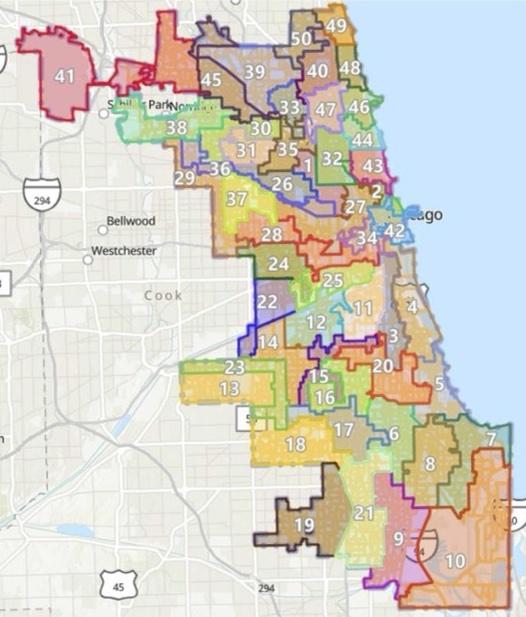 The compromise map that if supported by enough members of the Chicago City Council will avert a referendum. (Provided)
The compromise map that if supported by enough members of the Chicago City Council will avert a referendum. (Provided)
Contact Heather Cherone: @HeatherCherone | (773) 569-1863 | [email protected]

